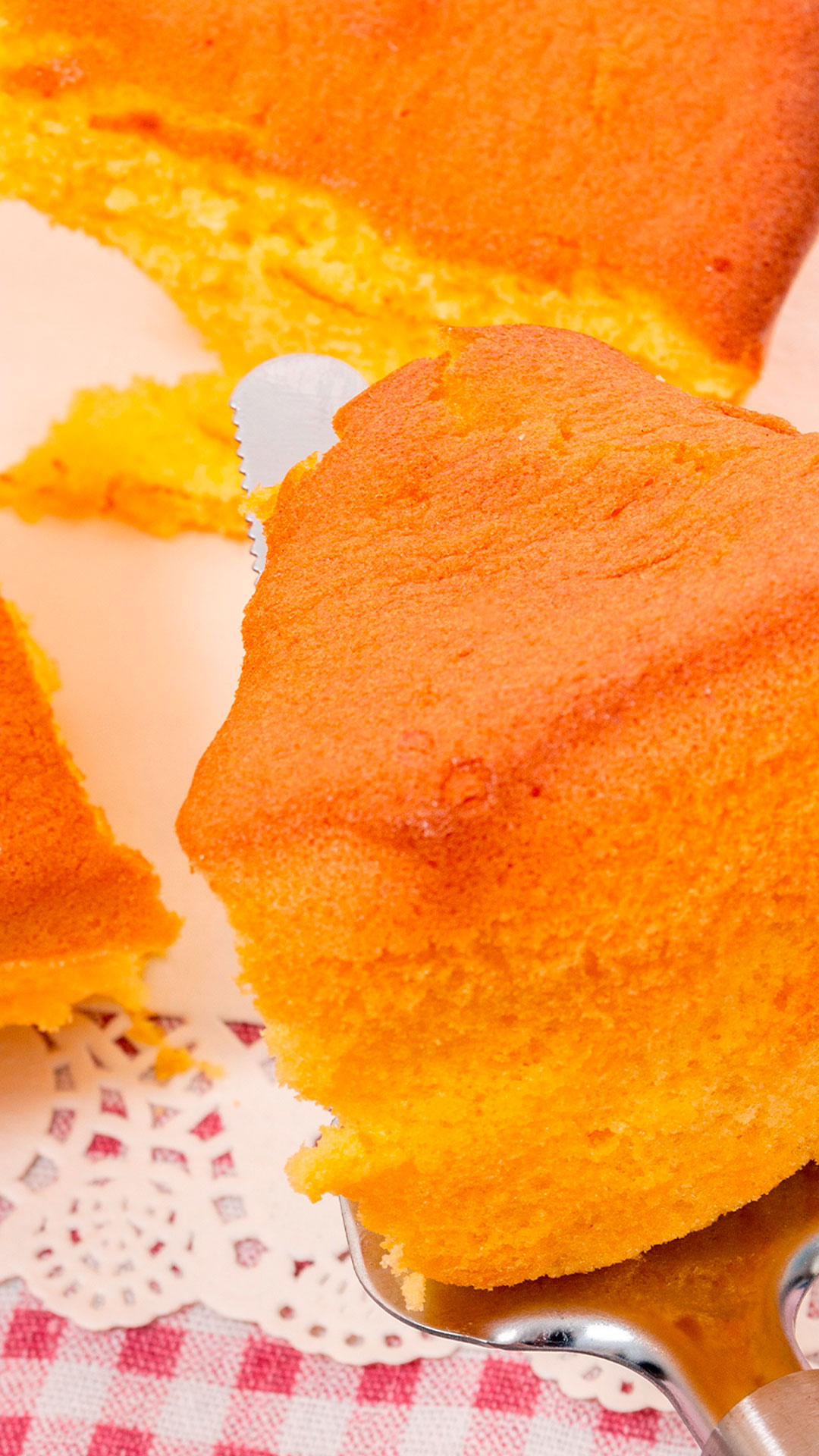
The story of Pão-de-Ló, a delicious traditional Portuguese cake, is very ancient. Get to know its history and try the Pão-de-Ló recipe we provide.
“It melts in the mouth in an ethereal lacework. Light as air, it almost vaporizes, a sort of veil that breathes between egg yolks and sugar, a bit of flour raining down and clouds of beaten egg whites in the case of some recipes.
From a Jewish cake to an adaptation by a French cook, with multiple regional variations born in different convents, what is certain is that at its core, there’s a spiritual semantics. And yes, it’s a blessing from the heavens.
Today, it’s a symbol of Portuguese confectionery. But the fact is, if I told you that the first version of Pão-de-Ló” (“pan de llo”) was nothing more, nothing less than a cake made only of sugar, rosewater, and almonds, a kind of marzipan, with just the sugary syrup enveloping the crushed almonds instead of being ground, perhaps you’d be left wondering.
Given that Pão-de-Ló is imminently linked to the Easter season, it’s curious that there’s a Jewish cake alluding to Pesach made from almond powder and sugar.
The biblical book of Genesis even describes almonds as “the best fruits,” and there are countless mentions of almonds in Hebrew scriptures (73, to be more precise). The word almond, in Hebrew, means “awakening,” because the almond tree was the first to bloom. The menorah (seven-branch candelabrum) was supposed to resemble an almond blossom, and during Passover, flour was replaced by almond paste as it was forbidden to use yeast, thus serving as a kind of unleavened bread substitute.
There are various ways to make the cake. From Margaride, Ovar, Arouca, Alfeizerão (former Convent of Cós, near Alcobaça), Vizela (bolinhol, rectangular-shaped and drizzled with sugar syrup), pão-de-ló de Freitas (Amarante, made with two types of flour, starch, and rice flour), Famalicão (Monastery of Landim which is beaten for a longer time), pão-de-ló de Mirandela, with lemon, Figueiró dos Vinhos, Alpiarça, or Rio Maior, there are multiple versions of the same cake baptized thus in the Middle Ages.”
You can read the full article from Revista de Vinhos here.
And for a sweeter Easter, we provide you with the recipe from the pastry chef Leonor de Sousa Bastos for a delicious Pão-de-Ló Margaride.
Recipe for 1kg of Pão-de-Ló Margaride:
Ingredients:
22 eggs (19 yolks and three whites)
325 grams of sugar
150 grams of flour
Preparation:
- Beat 19 egg yolks with the sugar, adding three egg whites, for about 40 minutes, until the mixture bubbles (“opens up”). Carefully fold in the sifted flour and mix well.
- Pour into lined and buttered pans and bake in the oven for about 40 minutes at 220 degrees Celsius.
Pair it with Dry or Medium Dry White Port wine. Find the ideal pairing here at your Vinha wine cellar.
We wish you a sweet Easter!

